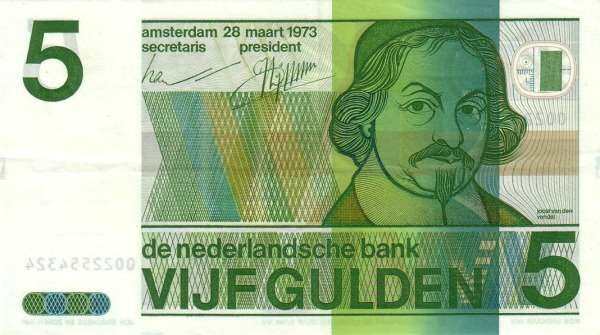Finnish banknotes issued between 1986 and 1993 are known for their distinct design and celebration of Finnish culture, history, and achievements. Each denomination features notable figures and elements that reflect the country’s identity.
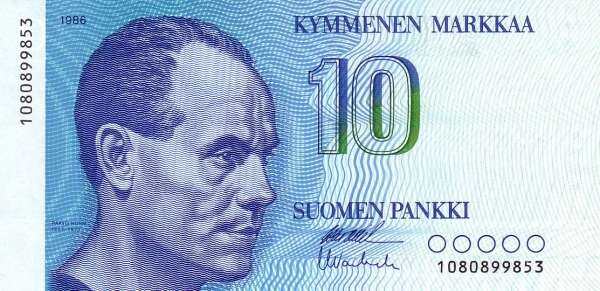
Finnish banknotes issued between 1986 and 1993 are known for their distinct design and celebration of Finnish culture, history, and achievements. Each denomination features notable figures and elements that reflect the country’s identity.

Slovakia’s first banknote series after independence, issued in 1993, consisted of the following denominations:
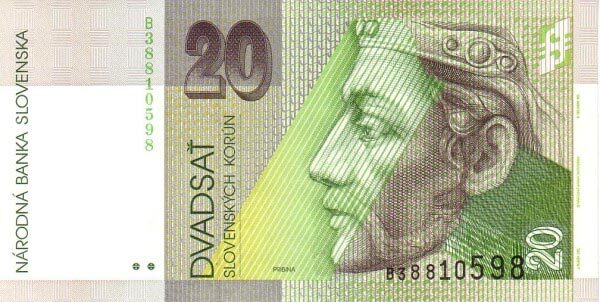

20 korun: Prince Pribina (ruler of Nitra)
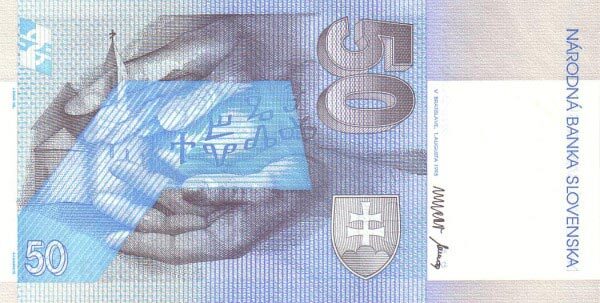
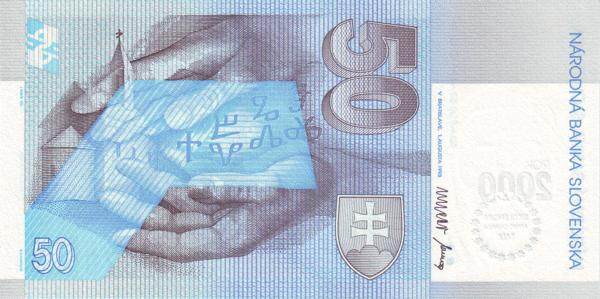
50 korun: Ľudovít Štúr (linguist and national revivalist)
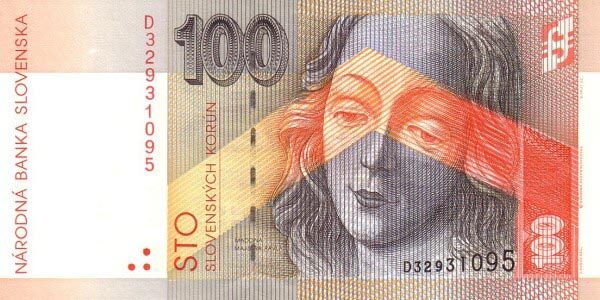

100 korun: Andrej Hlinka (priest and politician)
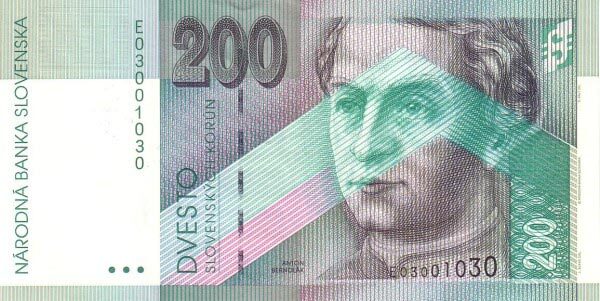
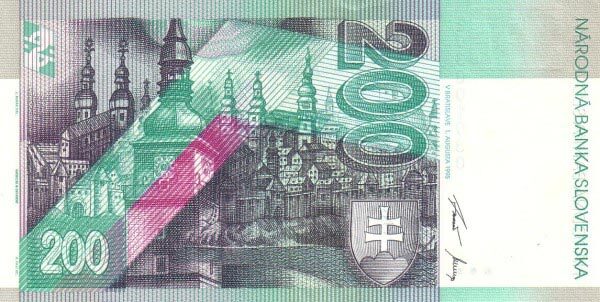
200 korun: Anton Bernolák (linguist and priest)
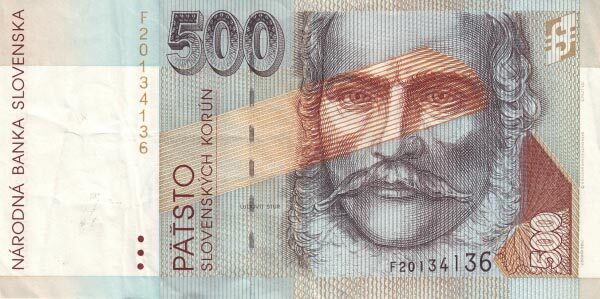
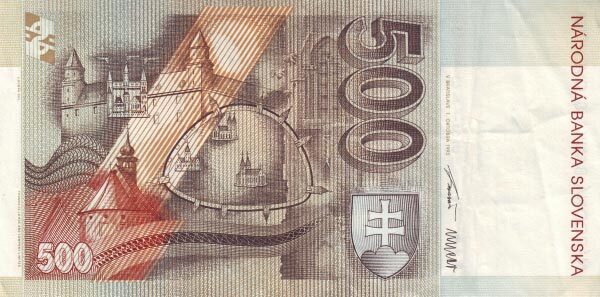
500 korun: Ľudovít Štúr (different design)
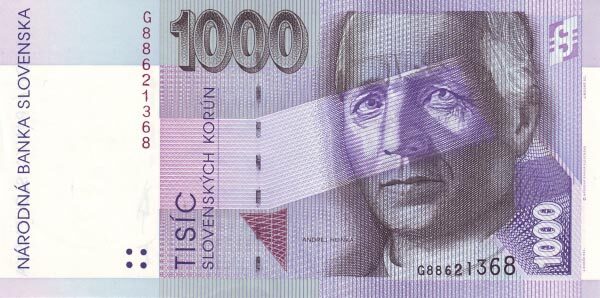
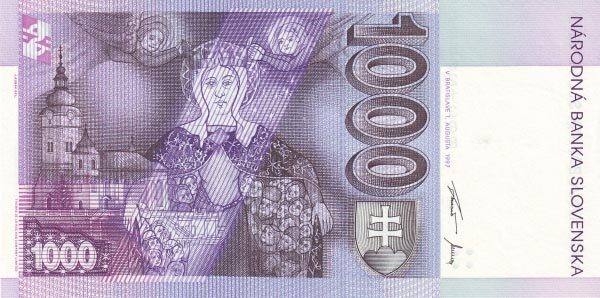
1000 korun: Andrej Hlinka (different design)
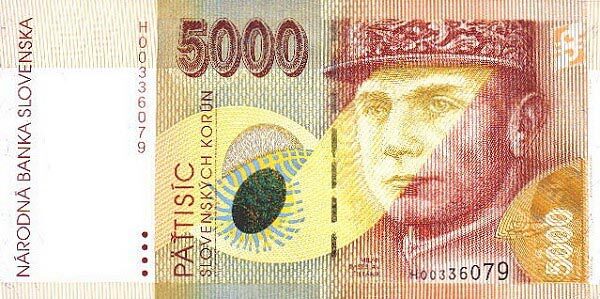
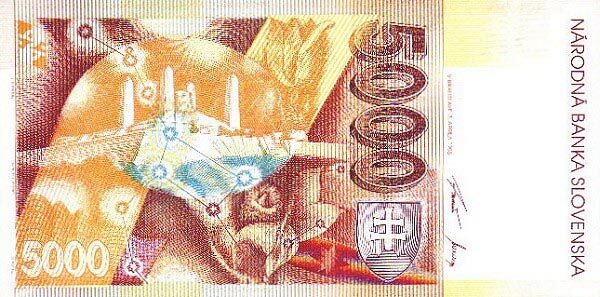
This series played a crucial role in establishing Slovakia’s monetary sovereignty and reinforcing its national identity in the early years of independence. The notes remained in circulation until Slovakia adopted the euro in 2009.
The 1993 banknote issue for the Czech Republic came at a pivotal moment in the country’s history. This series was introduced following the peaceful dissolution of Czechoslovakia, known as the “Velvet Divorce,” which took effect on January 1, 1993. The new Czech Republic needed to establish its own currency quickly to assert its economic independence.
To distinguish Czech currency from Slovak, Czech authorities applied adhesive stamps to the existing Czechoslovak notes.
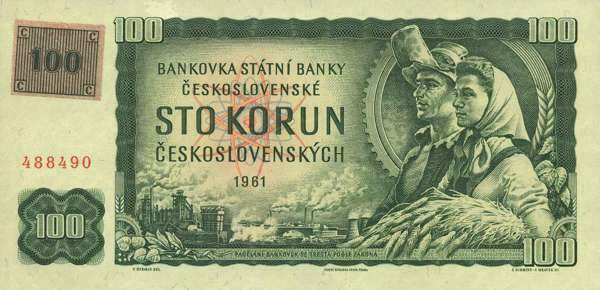
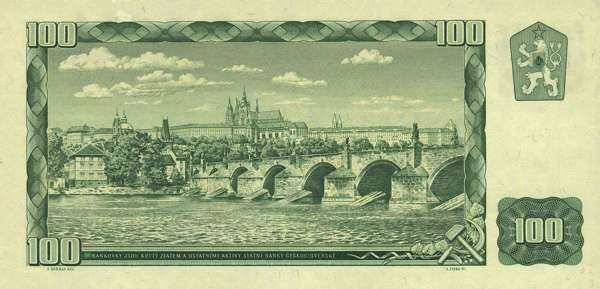
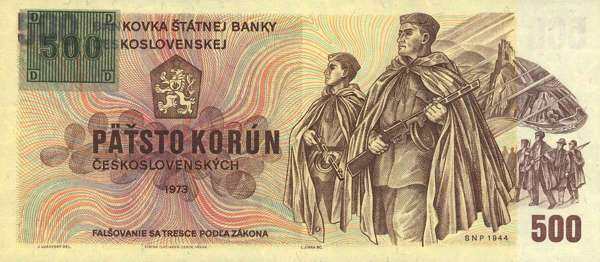
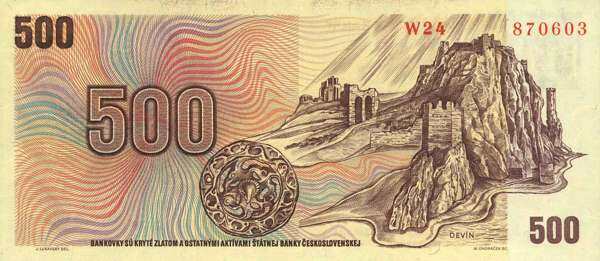
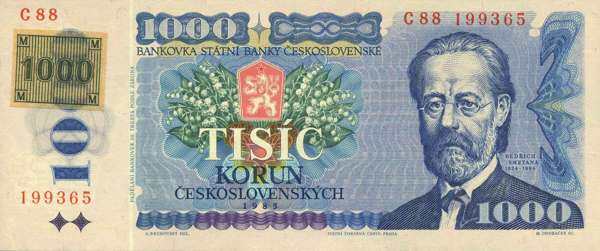
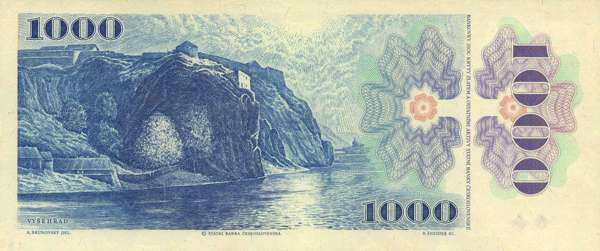
Czech Republic (1993-1999 issue):
20 korun: Přemysl Otakar I (king)
50 korun: Agnes of Bohemia (saint)
100 korun: Charles IV (king and emperor)
200 korun: Jan Amos Komenský (educator)
500 korun: Božena Němcová (writer)
1000 korun: František Palacký (historian)
2000 korun: Ema Destinnová (opera singer)
5000 korun: Tomáš Garrigue Masaryk (first president)
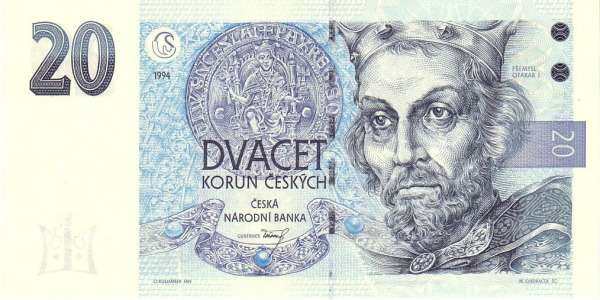
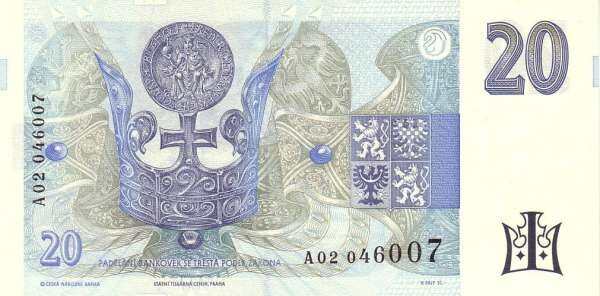
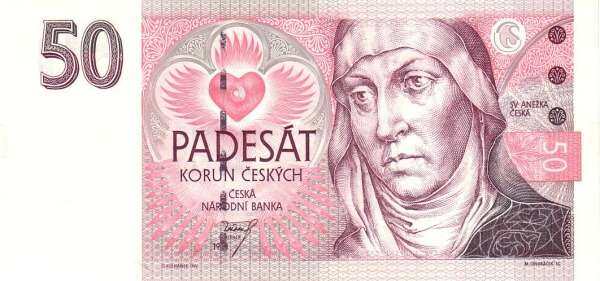
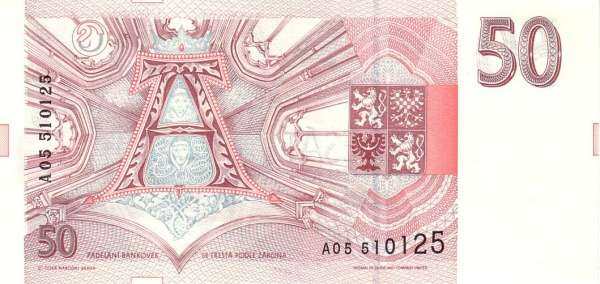
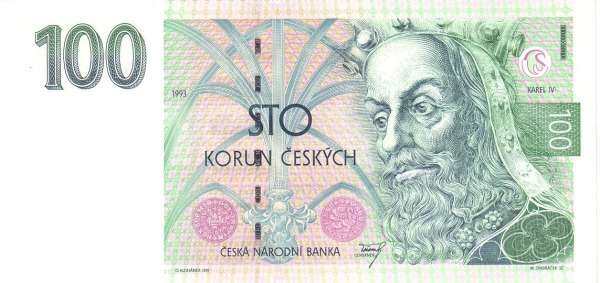
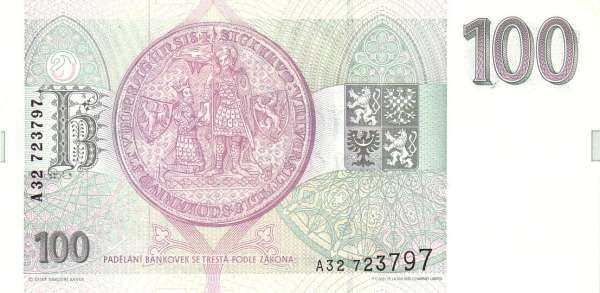
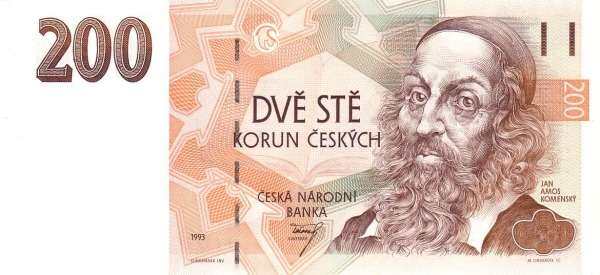
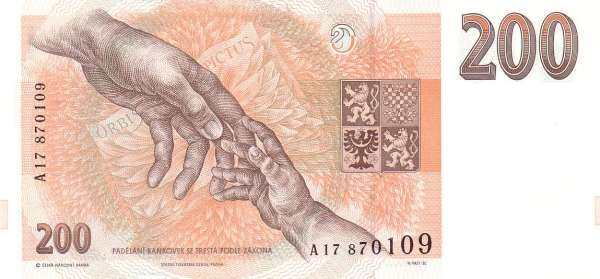
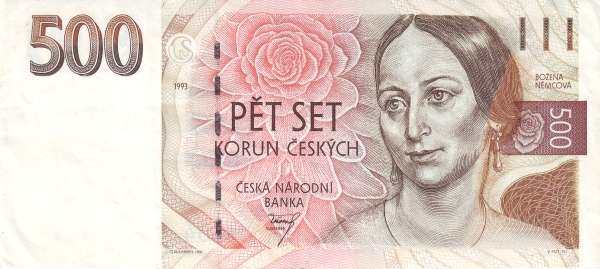
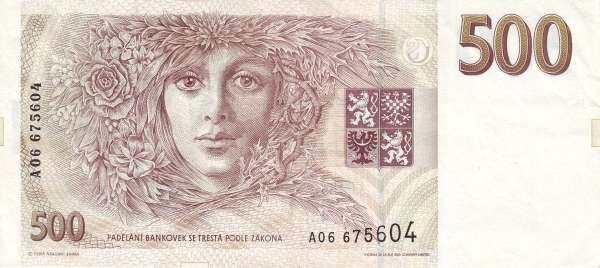
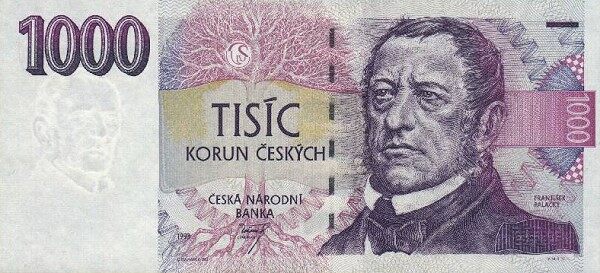
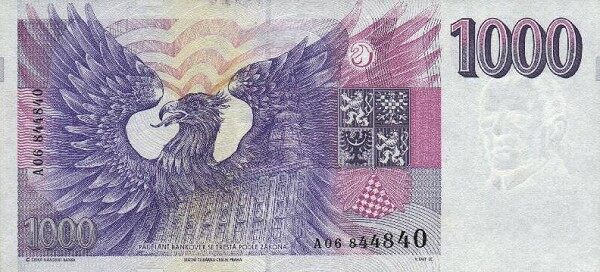
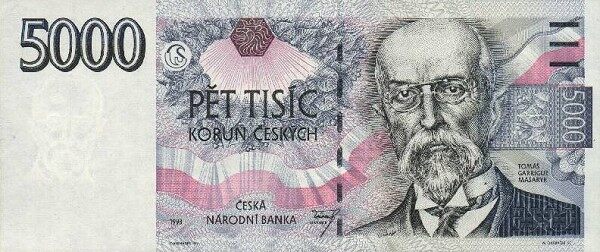
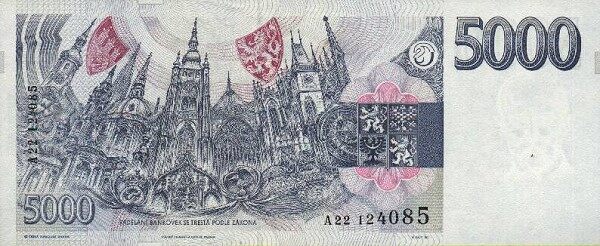
Czechoslovakia 1985-1989 Issue
The 1985-1989 banknote series of Czechoslovakia was the last to be issued before the Velvet Revolution and the country’s subsequent dissolution.
This series featured:
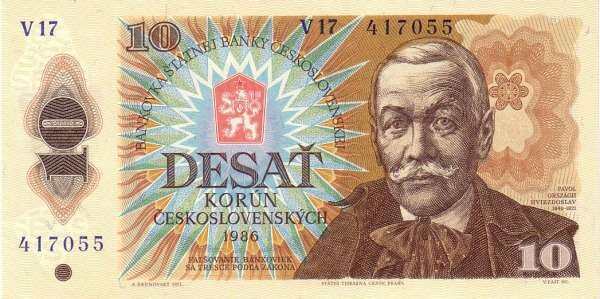

10 korun: Jan Žižka (Hussite military leader)
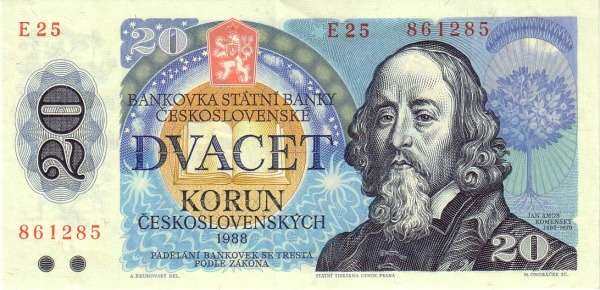
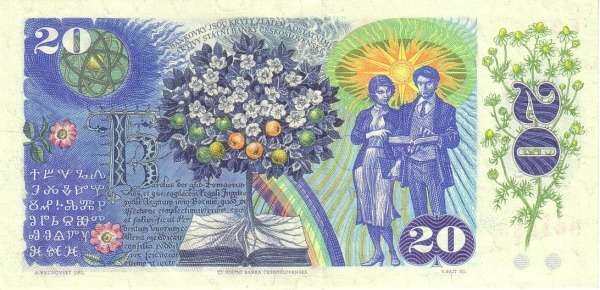
20 korun: Jan Amos Komenský (educator and philosopher)
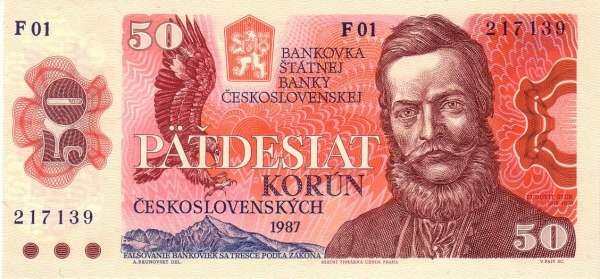
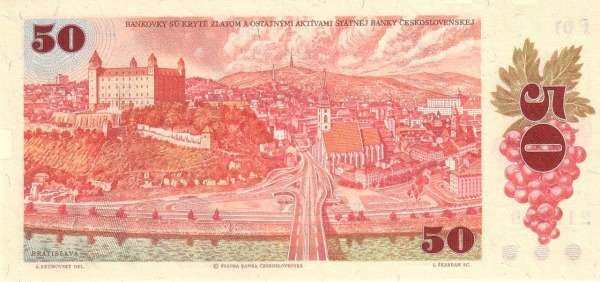
50 korun: Ľudovít Štúr (Slovak linguist and nationalist)
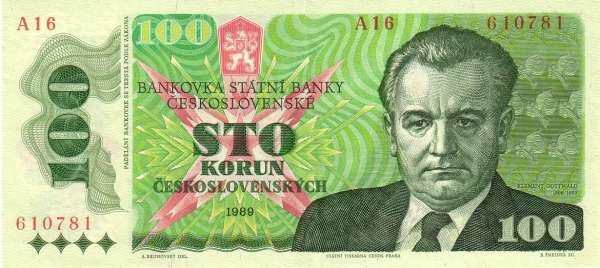
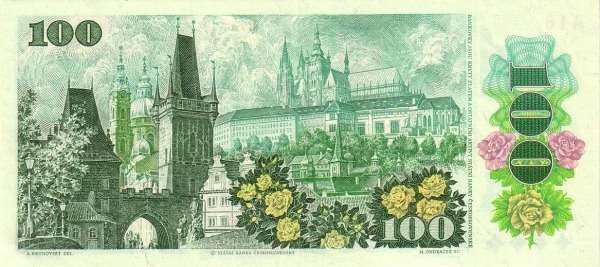
100 korun: Klement Gottwald (first Communist president)
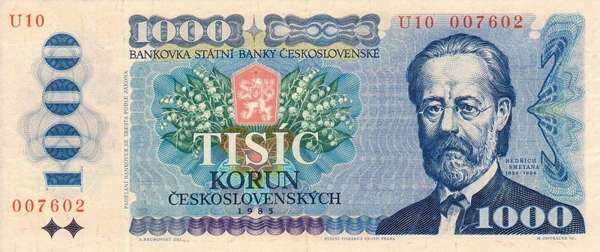
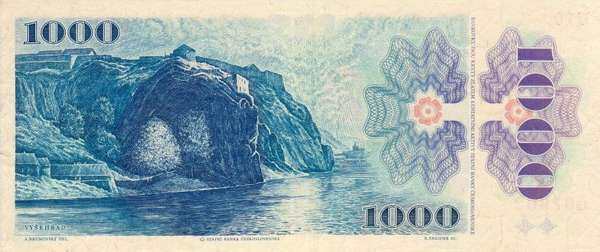
1000 korun: Bedřich Smetana (composer)
Key features of this series:
This banknote series remained in circulation even after the Velvet Revolution, continuing to be used in both the Czech Republic and Slovakia for a short period following the country’s dissolution in 1993, until each new nation introduced its own currency.
Peru banknotes are a colorful representation of the country’s rich cultural heritage, historical figures, and diverse landscapes. Each note features prominent individuals who have shaped Peru’s history, along with images that celebrate the nation’s unique natural and architectural wonders.
The 10-sol note features José Abelardo Quiñones, a heroic Peruvian pilot known for his bravery during World War II. On the back, you’ll find an image of the Hummingbird from the Nazca Lines, one of Peru’s most famous archaeological treasures, symbolizing the country’s deep connection to its ancient past.
The 20-sol note honors Raúl Porras Barrenechea, a well-known historian, diplomat, and teacher. His work contributed to the study of Peru’s history and culture. The reverse side shows the Chavín de Huantar, an important archaeological site that reflects Peru’s ancient civilizations.
The 50-sol note features Abraham Valdelomar, a renowned writer, journalist, and diplomat who played a key role in modern Peruvian literature. On the back, you’ll see the Sacred City of Caral, one of the oldest civilizations in the Americas, showcasing Peru’s rich historical roots.
On the 100-sol note, you’ll find Pedro Ruiz Gallo, an inventor and military engineer celebrated for his contributions to science and technology in Peru. The reverse side highlights the Gran Pajaten, an ancient archaeological site located in the cloud forests, representing Peru’s connection to both nature and history.
The 200-sol note honors Santa Rosa de Lima, the first Catholic saint born in the Americas and a symbol of spiritual devotion in Peru. On the reverse, there is an image of the Machu Picchu Citadel, one of the New Seven Wonders of the World, representing Peru’s incredible architectural achievements and its Incan legacy.
Each Peruvian banknote not only serves a practical purpose but also tells a story, celebrating the country’s heroes, its ancient civilizations, and the stunning landscapes that make Peru such a unique place.
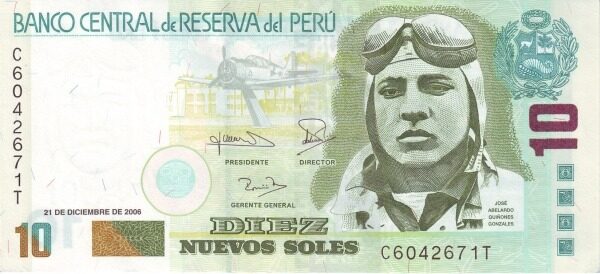
Mexican banknotes are a vivid reflection of the country’s rich history, culture, and revolutionary spirit. Each denomination tells a story, featuring important historical figures, iconic events, and vibrant images that capture Mexico’s diverse identity.
Starting with the 20-peso note, you’ll often see Benito Juárez, one of Mexico’s most beloved presidents. Known for his efforts to reform the country and his fight for indigenous rights, Juárez symbolizes justice and progress. The reverse side of the note showcases the Sian Ka’an Biosphere Reserve, a UNESCO World Heritage site, highlighting Mexico’s natural beauty.
The 50-peso note usually features José María Morelos, a key leader in Mexico’s War of Independence. He represents strength and resilience. On the back, you’ll find an image of the Monarch Butterfly Reserve, a symbol of Mexico’s stunning wildlife and biodiversity.
The 100-peso note pays tribute to Sor Juana Inés de la Cruz, a 17th-century nun, poet, and intellectual who is a symbol of women’s rights and education in Mexico. The reverse shows Colonial-era buildings in the city of Guanajuato, celebrating Mexico’s architectural and cultural heritage.
On the 200-peso note, Miguel Hidalgo and José María Morelos, two key figures in Mexico’s fight for independence, are depicted. Hidalgo’s famous “Grito de Dolores” rallying cry sparked the revolution, while Morelos continued the fight for freedom. The back showcases Mexico’s beautiful El Pinacate Desert, emphasizing the country’s diverse landscapes.
The 500-peso note features Diego Rivera and Frida Kahlo, two of Mexico’s most famous artists. Rivera’s murals and Kahlo’s paintings reflect Mexico’s revolutionary spirit and deep cultural roots. On the reverse, you’ll see the Teotihuacán pyramids, linking modern Mexico to its ancient civilizations.
Finally, the 1,000-peso note highlights Francisco I. Madero, a key figure in the Mexican Revolution, symbolizing the fight for democracy. The back of the note features the University of Guanajuato, showcasing Mexico’s focus on education and learning.
Overall, Mexican banknotes not only serve as currency but also as a celebration of the country’s vibrant history, influential leaders, and natural beauty.
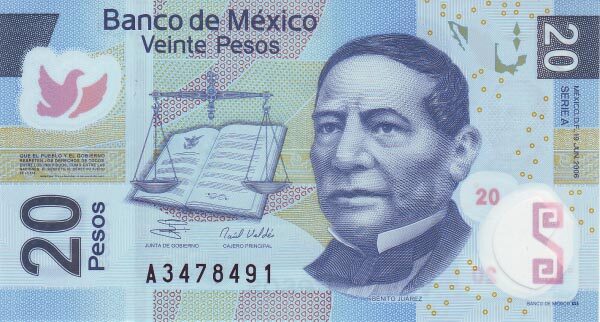
Bulgaria Banknotes 1999-2005 Issue
The banknotes issued by Bulgaria from 1999 to 2005 are full of history and culture. Each note highlights an important Bulgarian figure, showing off the country’s proud heritage.
The 1 lev note featured St. Ivan Rilski, a major religious figure who founded the Rila Monastery, symbolizing Bulgaria’s spiritual roots.
The 2 leva note had Paisiy Hilendarski, a monk who wrote Istoriya Slavyanobolgarskaya, sparking national pride during Ottoman rule.
On the 5 leva note, you’d find Ivan Milev, a modern painter blending folklore with new art styles, representing Bulgaria’s vibrant culture.
The 10 leva note featured Petar Beron, a scientist and educator known for his Fish Primer, showcasing the country’s commitment to education.
The 20 leva note honored Stefan Stambolov, a key political figure who modernized Bulgaria in the late 19th century.
The 50 leva note displayed Pencho Slaveykov, a famous poet contributing to Bulgaria’s literary richness.
Lastly, the 100 leva note featured Aleko Konstantinov, a satirist who used his writing to critique society, making him a voice for change.
These notes reflect Bulgaria’s journey through art, education, and politics, celebrating its national pride.
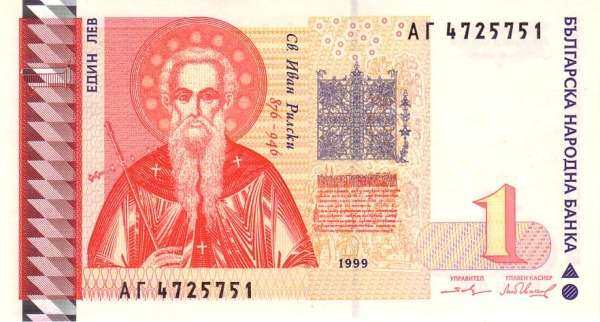
Belgium Banknotes 1978-1992 Issue
100 francs: Hendrik Conscience (writer) with rural Flemish scenes 500 francs: René Magritte (surrealist artist) with elements from his paintings 1000 francs: André Ernest Modeste Grétry (composer) with musical motifs 5000 francs: Lambert Lombard (Renaissance painter) with architectural elements
Key design elements included detailed portraits, intricate background imagery related to each figure’s work or era, and a color palette ranging from soft pastels to rich, deep tones. The series highlighted Belgium’s cultural diversity, artistic achievements, and historical legacy. These notes incorporated advanced security features for their time and remained in circulation alongside the subsequent series until Belgium’s adoption of the euro in 2002.
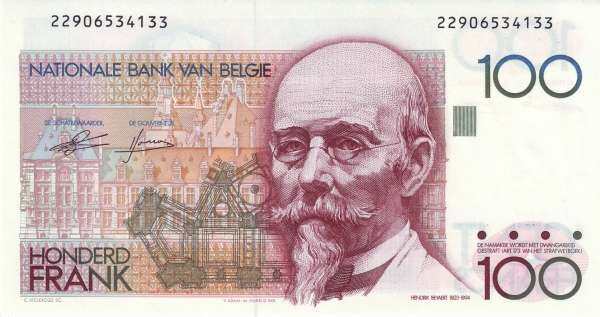
Belgium Banknote 1994-1997 Issue
Belgium’s 1994-1997 banknote series was the last before the euro’s adoption. Designed by various artists, these notes featured:
100 francs: James Ensor (painter) 200 francs: Adolphe Sax (inventor of the saxophone) 500 francs: René Magritte (surrealist artist) 1000 francs: Constant Permeke (expressionist painter) 2000 francs: Victor Horta (Art Nouveau architect) 10000 francs: King Albert II and Queen Paola
Each note showcased the featured person’s portrait and elements related to their work or legacy. The series employed vibrant colors, intricate designs, and advanced security features. These banknotes represented Belgium’s cultural and artistic heritage, circulating until the country transitioned to the euro in 2002.
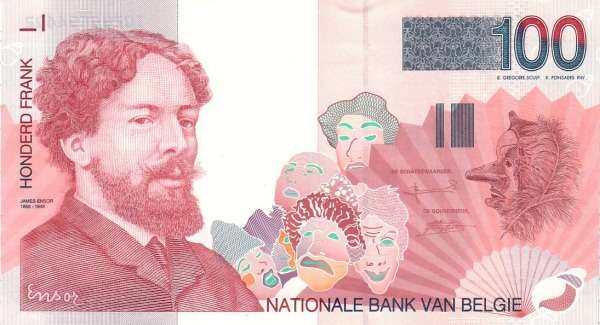
Netherlands Banknote 1977-1997 Issue
The Dutch guilder banknotes issued between 1977-1985 and 1989-1997 formed a cohesive series known for its innovative and abstract designs. Created by R.D.E. Oxenaar, these notes featured:
5 guilders: Joost van den Vondel and a bee
10 guilders: Frans Hals and a kingfisher
25 guilders: Sweelinck and a snipe
50 guilders: Sunflower (introduced in 1982)
100 guilders: Michiel de Ruyter and a lighthouse
100 guilders (1981 issue): Christiaan Huygens (scientist) with a water lily
250 guilders: Lighthouse (introduced in 1985)
1000 guilders: Baruch Spinoza and a geometric pattern
Key design elements included vibrant colors, abstract geometric patterns, and nature motifs alongside historical figures. The series blended Dutch cultural heritage with modern artistic expression, creating visually striking and highly secure banknotes that remained in circulation until the euro’s adoption in 2002.
